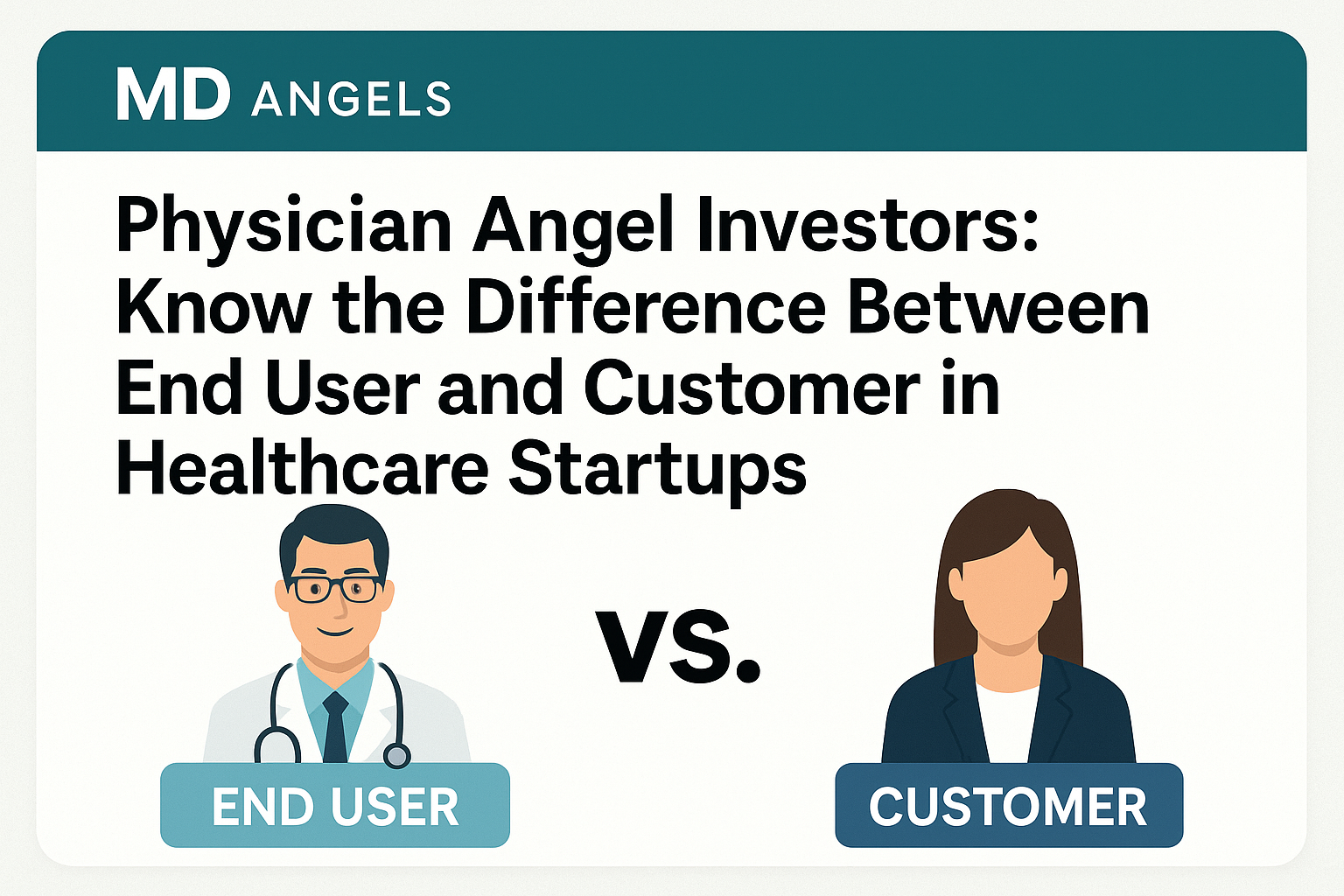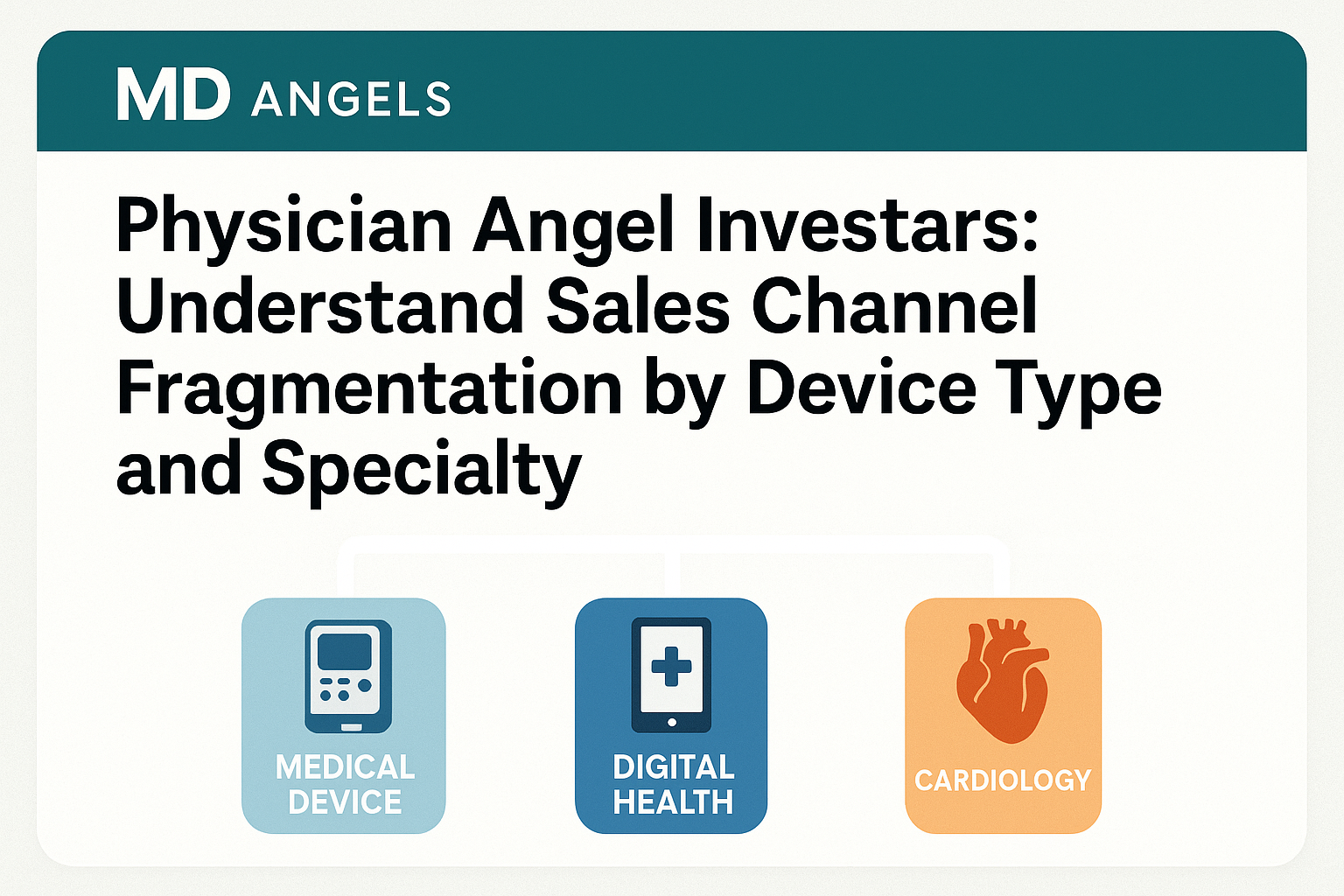Physician Angel Investors: Know the Difference Between End User and Customer in Healthcare Startups

For example, if a startup expects a hospital to become a paying customer within 60 days of product launch, but actual hospital procurement and implementation take 6–12 months, then revenue projections are likely overstated and cash flow expectations misaligned. These delays should be reflected in extended AR cycles or a working capital buffer, but too often they’re ignored or underestimated.
This is where a physician’s inside knowledge can be pivotal. You’ve likely lived through EHR rollouts, formulary changes, or device adoption delays. That insight can anchor a more realistic understanding of sales timelines and validate whether a startup’s financial model properly captures the lag between clinical acceptance and financial conversion.
As a physician angel investor, your role isn’t just to assess clinical validity—it’s to help ground business assumptions in the operational reality of the healthcare system. By ensuring the difference between end user and customer is properly modeled in the pro forma—and that procurement delays are reflected in AR/AP—you can both protect your investment and support more financially disciplined startups.



